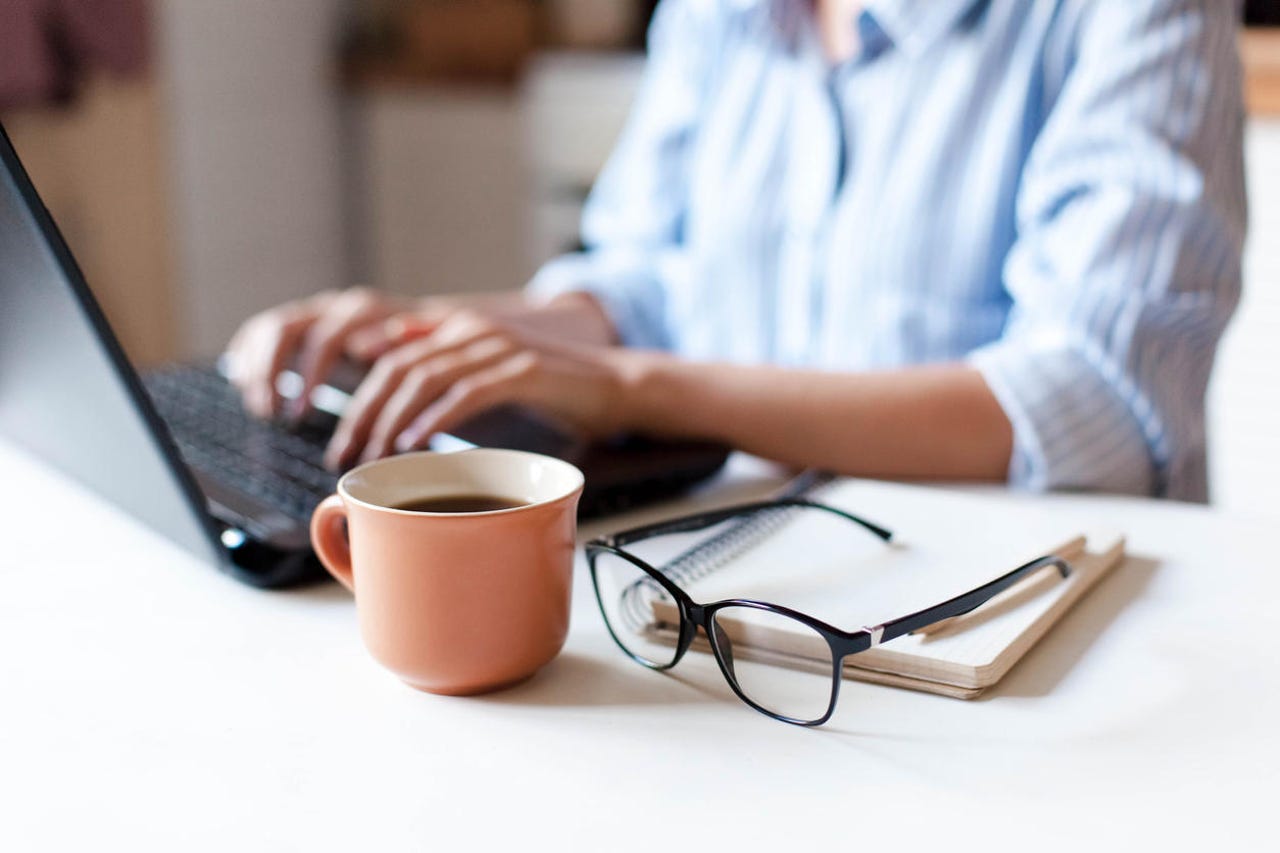Starbucks just made a startling change to your coffee experience


It makes a difference knowing where it's from.
It's six in the morning.
You open your laptop, bleary-eyed.
Your boss has already sent you two IMs and a meme in questionable taste.
You take your laptop into the kitchen and make yourself a coffee.
Because you're trying to be safe and frugal, you don't go to Starbucks every day. Instead, you buy bags of its coffee and try to replicate the experience.
The coffee has a job to do. It's supposed to inject you with enough mental energy to gird your whole self for the workday.
Now, though, Starbucks wants to change the way you start your day. As Bloomberg reports, its coffee bags will be adorned with a code that can transport you from your current location to the place where your coffee began.
Yes, you can begin your day by considering where the very beans you're consuming began their life. You can dream of another country, another climate, another life. Even if just for a few precious moments.
While you're doing that, please thank Microsoft.
Redmond has created the blockchain-based technology behind this fascinating step toward bringing customers closer to their beloved product.
The technology not only allows Starbucks drinkers to see where their beans came from, but also where they were roasted.
There is, of course, a marketing purpose behind this. Some customers choose to steer clear of Starbucks, preferring to frequent smaller coffee houses boasting nattily-dressed, oddly-coiffed staff and roasting beans on the premises. Or in a warehouse next door.
Moreover, as some have begun to care a little more about the world and its chances of survival, they want to know more about what the art world calls provenance.
Also: Best coffee and tea makers in 2020: AeroPress, Grosche, Breville, and more
If that provenance has some romantic qualities -- even a few -- that might surely add to the product experience.
Which, of course, makes for disturbing possibilities too. What if all food and drink companies were required to employ this Microsoft technology -- or something similar -- and inform customers where their product ingredients came from, where they were put together and how?
How edifying would it be to discover how, say, your morning corn flakes began their existence on an Iowa farm? How nourishing might it be to learn that there was a lot of angst before they finally became the golden entities perched on your milk?
But what if they came from a place that incites bad associations. Perhaps you once had a bad experience in Possum Bluff, Florida and you suddenly discover one of your breakfast treats was sourced there?
Given our difficult emotional times, the new technology could also incite painful bouts of conscience. What if your coffee beans have come from two different countries, one whose politics you accept and another whose you despise?
There's another delicious twist to Starbucks' new idea. The farmers who grow the beans are also given their own code. They, too, can trace where the fruits of their labors finally ended up. They, too, may have strong feelings.
Please imagine a hard-working Colombian farmer accessing her code and muttering: "New Mexico? I have a cousin in New Mexico." Or perhaps: "North Dakota? I had a lover from there once. He betrayed me."
Transparency is a word that's been oversold and underdefined. Yes, technology can help companies capture and reveal more data -- Starbucks says it's now amassed almost twenty years of bean-sourcing data.
But how much do you really want to know? And how much may end up upsetting you?
You really don't want to be upset first thing in the morning, do you? Not any more upset than you already are, that is.